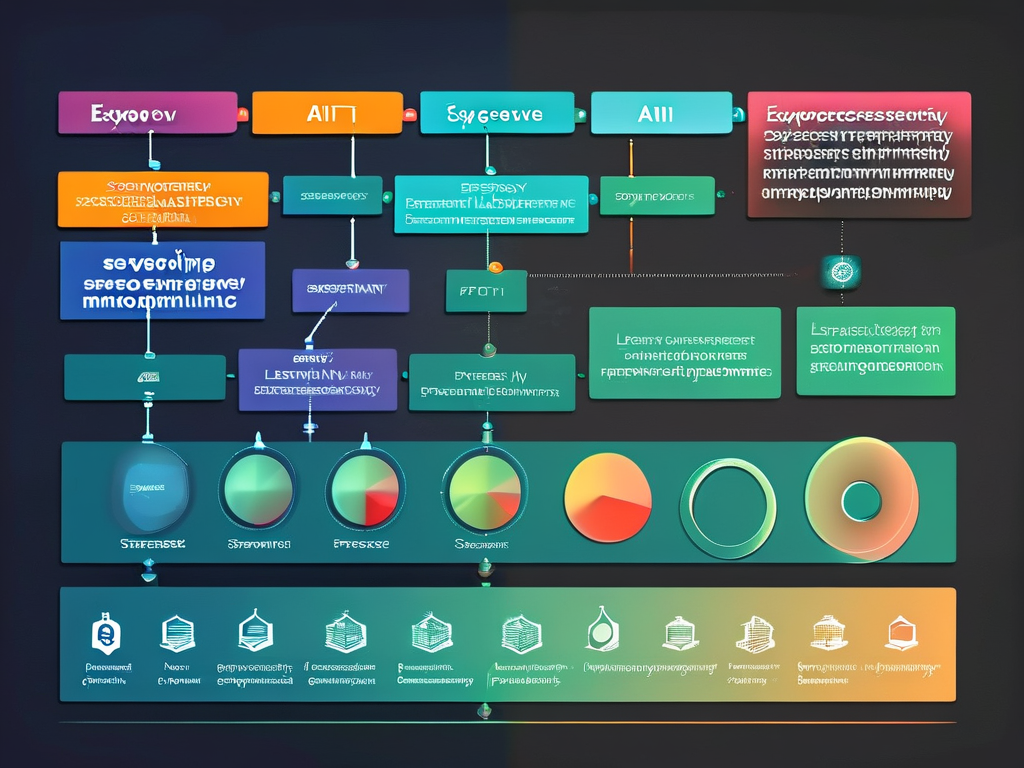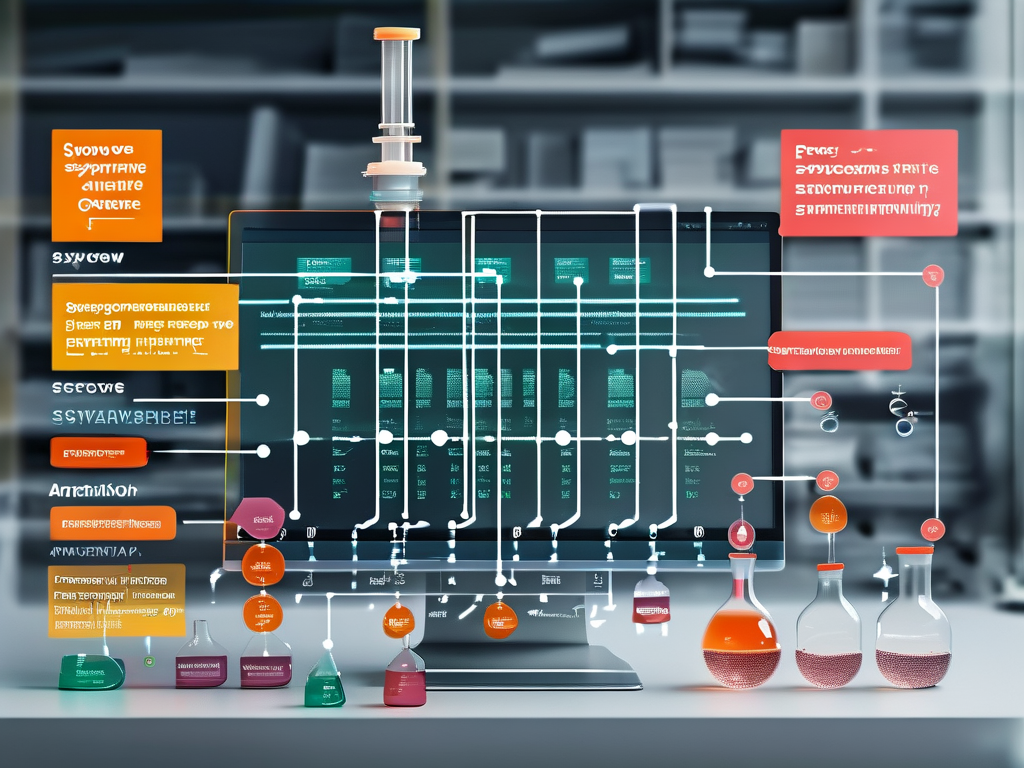Compilers serve as the backbone of modern software development, translating human-readable code into machine-executable instructions. To grasp their execution principles, we must dissect their workflow into distinct phases, each contributing to the transformation of source code into efficient binary output.
Lexical Analysis: Breaking Down Code
The first stage, lexical analysis, scans the raw source code to generate tokens—meaningful units like keywords, identifiers, and operators. For example, in a line of code such as int x = 5 + 3;, the lexer identifies int as a data type, x as an identifier, = as an assignment operator, and 5 and 3 as literals. This phase ignores whitespace and comments, focusing solely on structural elements. A simplified lexer snippet in Python might look like:
import re
tokens = [
(r'\bint\b', 'KEYWORD'),
(r'[a-zA-Z_]\w*', 'IDENTIFIER'),
(r'\d+', 'LITERAL'),
(r'=|\+', 'OPERATOR')
]
def tokenize(code):
for pattern, tag in tokens:
matches = re.finditer(pattern, code)
for match in matches:
yield (tag, match.group())
Syntax Analysis: Building the Tree
Next, the parser organizes tokens into a hierarchical structure called an Abstract Syntax Tree (AST). This phase validates grammar rules—for instance, ensuring that an if statement has a valid condition and body. A syntax error like if (x = 5) { } (using = instead of ==) would be flagged here. The AST for x = 5 + 3 might resemble:
Assignment
├─ Identifier: x
└─ BinaryOperation
├─ Literal: 5
├─ Operator: +
└─ Literal: 3 Semantic Analysis: Contextual Validation
The compiler then checks for logical consistency, such as type mismatches or undeclared variables. If x is declared as a string but assigned an integer, this phase throws an error. Symbol tables track variable scopes and types, enabling cross-referencing across functions or modules.

Intermediate Code Generation
To enable optimizations and platform independence, compilers often generate intermediate representations (IR). One common form is three-address code, which breaks complex operations into simpler steps. For x = 5 + 3 * 2, the IR might be:
t1 = 3 * 2
t2 = 5 + t1
x = t2 Optimization: Enhancing Efficiency
Optimizers analyze IR to eliminate redundancies. Techniques include:

- Constant folding: Precomputing
5 + 3 * 2to11at compile time. - Dead code elimination: Removing unreachable statements.
- Loop unrolling: Reducing loop overhead by replicating iterations.
For instance, a loop iterating 10 times with a fixed step might be replaced with 10 sequential statements.
Target Code Generation
The final phase converts optimized IR into machine-specific assembly or binary code. This step accounts for hardware constraints like register allocation and instruction scheduling. For ARM vs. x86 architectures, the same IR could produce different assembly outputs due to varying instruction sets.
Real-World Compiler Variations
While the above stages are universal, implementations differ. GCC uses a pipeline of distinct programs (cc1, as, ld), whereas LLVM employs a modular library design for cross-phase optimizations. Just-in-Time (JIT) compilers, like those in JavaScript engines, blend interpretation and compilation for runtime adaptability.
Debugging and Compiler Flags
Developers can influence compilation using flags. -O0 in GCC disables optimizations for easier debugging, while -O3 enables aggressive speed optimizations. Tools like gdb map runtime errors back to source lines using debug symbols inserted during compilation.
In summary, compilers are multilayered systems balancing precision and performance. By understanding their phases—from tokenization to machine code generation—developers can write code that aligns with compiler logic, leading to efficient and maintainable software.









